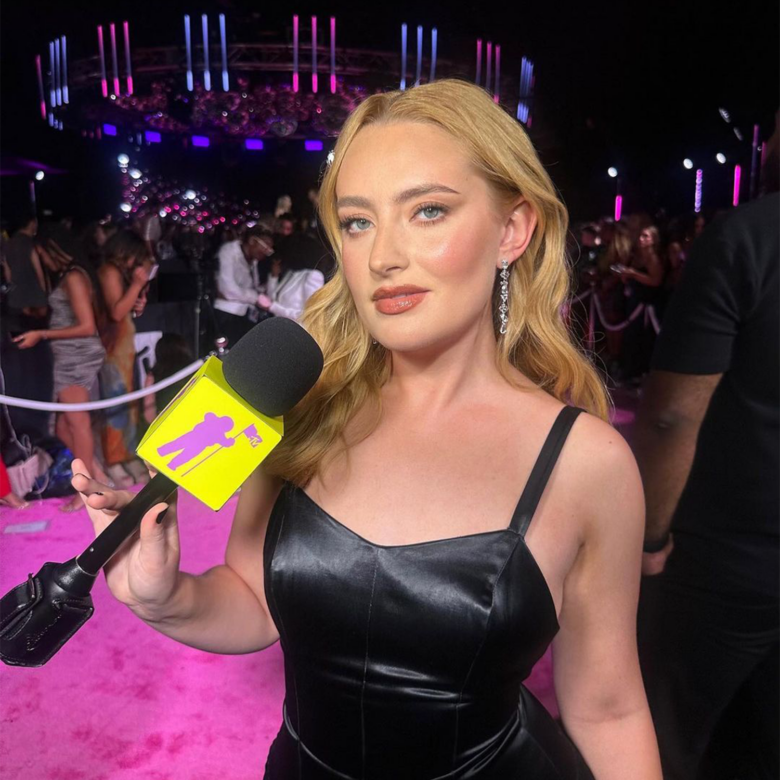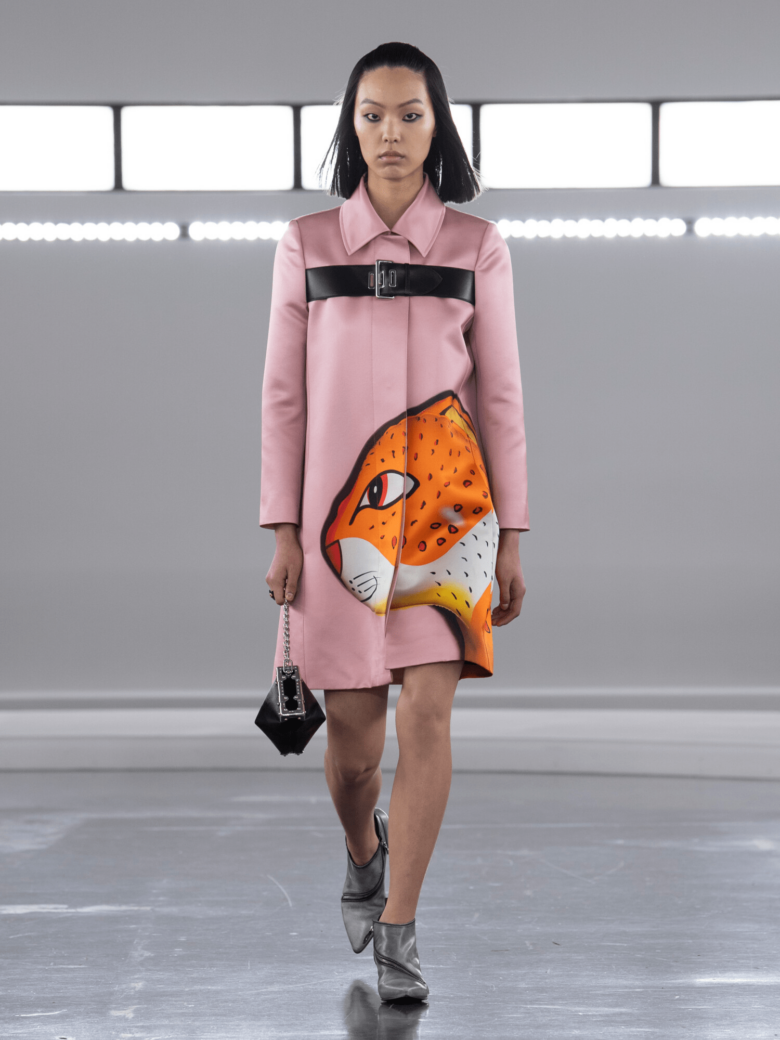Class of 2019: meet the sustainable knitwear designer
Despite the alarming environmental repercussions of the fashion industry, more and more young designers are quickly recognising the need for new and improved ways of being sustainable. Hannah Stote, a recent fashion graduate, is amongst them. She was awarded the 2019 Graduate Fashion Week Catwalk Knitwear Award for her sustainably driven knitwear inspired by traditional styles of British fishing villages.
Get to know Hannah better as she talks to us about sustainability, her future plans and everything else in between.
What lead you to fashion?
I’ve always enjoyed arts and crafts since a young age and taught myself how to make my own clothes when I was at middle school, but I never was an avid follower of trends. It was the actual construction and making of the clothes that I liked. When I did Textiles at A – Levels, that was the first time I learnt the two – crafting and fashion – could work together as one. I really loved being able to experiment and sample to get a texture, then put that together into a garment.
What themes do you explore with your designs?
I really like the concept of slow fashion – designing and making garments for longevity and quality – so I try to embed that into each garment I make. I try to focus on clean, simple silhouettes that also have interesting and interactive textures, which hopefully gives a sense of endurance to my designs. I knit all of my garments myself so I really understand how much time goes into making the clothes we wear everyday and it really varies the more detailed the garment is. I wanted to make sure people knew more about the work that goes into making their clothes, so I hand embroidered the construction times of each garment onto its label – the theory being that once people know the history behind their clothes, they might not think about them as a disposable item.
Talk us through your graduate collection.
I knew I wanted my collection to contain knitwear – I’d done a half day workshop on my foundation course and loved the idea of being able to create the fabric and the garment. I took a month long course over the summer between my 2ndand 3rdyear to learn the basics then spent a lot of time in the library and online researching how to do different techniques – while designing my collection! The whole development stage was a learning process and it wasn’t until I started toiling that the mood of the collection began to come together. Initially I’d only planned to have two or three knitted pieces in the collection, but the more I sampled and experimented, woven based designs were replaced by more and more knit!
What sort of materials did you use and how did you source them?
I used 100% natural fibres as much as I could, with wool being the main fibre. In terms of sourcing, I wanted to know as much as I could about my supply chain so I used yarns spun in the UK (mainly Yorkshire), with many using fibres from British sheep as well. Keeping the supply chain based within the UK meant that not only was the carbon footprint of my collection incredibly low, but it also supported the British wool industry. Wool is also such a versatile fibre – it’s renewable, friendly to the environment and can be spun into different thicknesses and textures, so I didn’t feel the need to work with another fibre.
What do you feel needs to change within the fashion industry?
The impact of the fashion industry on the environment definitely needs to improve – if you’re putting something out into the world, I believe you must consider how it affects the environment, both before and after it is worn – from the sourcing of your materials, the production and the disposal of that garment. I made all my pieces fully fashioned on the knitting machine, meaning that there is zero wastage in production and that the pieces can be unravelled and re-knitted into a new design once the original garment is no longer wanted – it’s important that how a garment can be recycled is embedded into the design process. Creating a circular design and production system is one of the most important things the fashion industry should be focusing on right now – the current system (and our environment) cannot sustain the amount of waste we are producing.
How are you hoping your designs will evolve in the future?
This collection was the first time I designed a fully knitted collection of garments and there is so much more for me to learn – it feels like I only scraped the surface of some of the techniques I worked with, plus there’s so many more I haven’t worked with. I’d love to expand upon some of these techniques and see the tactile nature of knitwear used more – a lot of knitwear on the high street is print-based, which feels so limiting when knitwear can be so textural. I also want to continue working on designing and producing responsible and sustainable fashion, using not only natural fibres, but also waste fibres, like old jumpers or fabric scraps. Encouraging people to think more about how they consume fashion and how to do it more responsibly is really important for me.
Any advice for anyone wanting to be more sustainable?
There’s so many ways to approach it, it’s probably best to focus on one approach and do that really well, then bring in other elements. I found that the materials you use is a good place to start – using natural fibres, waste or recycled fabrics, even growing your own. The biggest wastage in production is usually off-cuts, so maybe make zero-waste patterns or use the leftover scraps to make other garments or accessories. Sustainability can also be approached in how you design the garments – designing transformable garments or designing for recycling. But considering how the garment is recycled at the end of its life is the most important thing for me.
What’s next for you?
I’m doing some collaboration work with Ssone, a small London brand with UK based manufacturing and a focus on slow, thoughtful fashion, to develop some knitwear pieces for them. I’m also considering doing commissions based off my graduate collection – a sort of affordable, simplified collective of garments or accessories that still embodies the values and textures of my collection.

